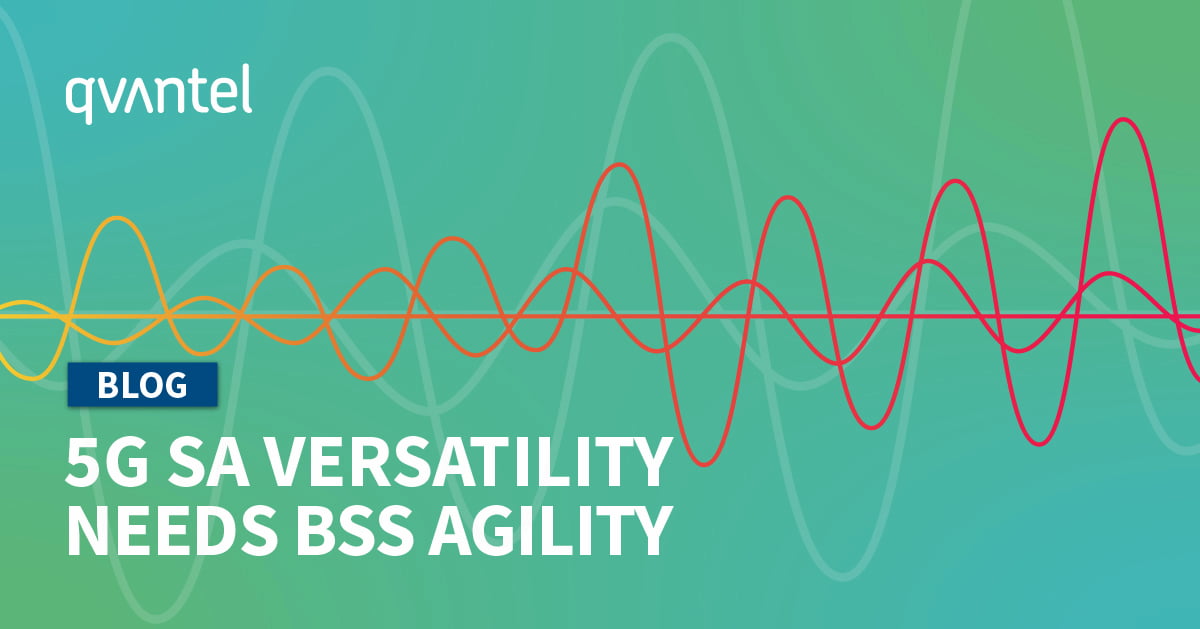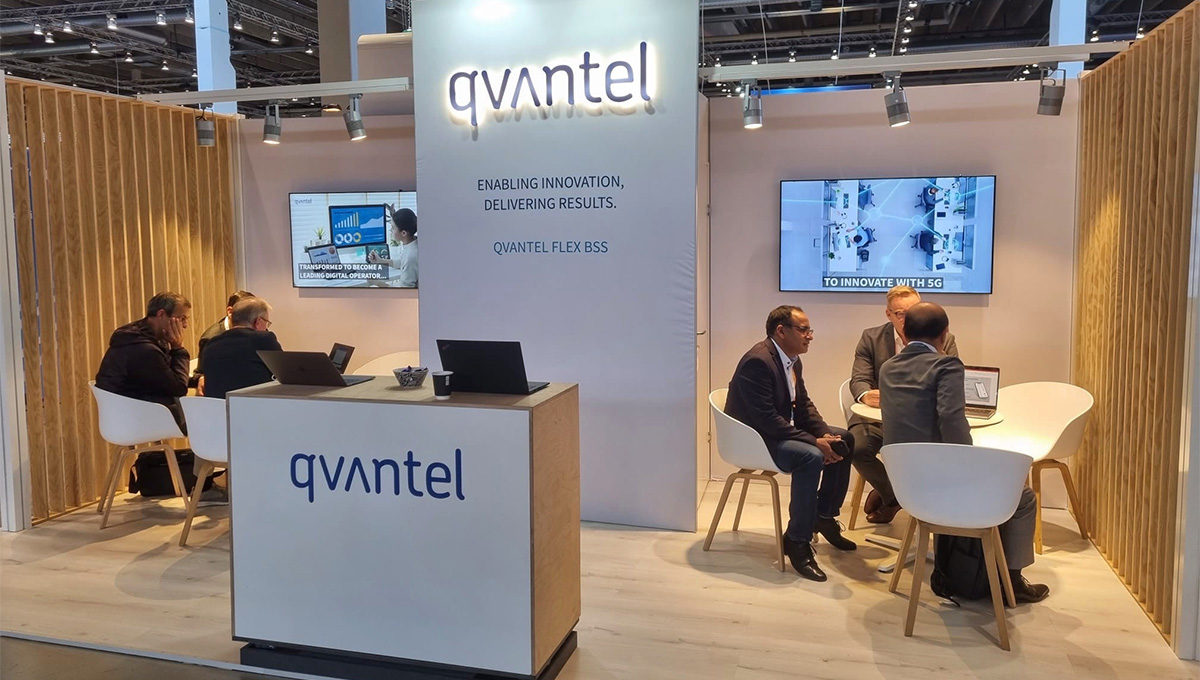
Visiting TM Forum’s Digital Transformation World event this week it was good to see the event busy and catch up with friends and industry colleagues. The last time I was (physically) at DTW was in 2019 in Nice, and then the focus was all on this wave of digital transformation that was going to hit the industry. It’s fair to say that since 2019 the rate of transformation in telecoms has surpassed our expectations. Speaking with CSPs this week, the general consensus is that most are well along their digital transformation journey and now attention is turning to what’s next. From many of the discussions that I’ve had this week, there was one main topic of conversation: 5G Stand Alone (5G SA) and how CSPs can open new revenue streams and new markets. This observation is also aligned with recent industry statistics that say that over 90% of CSPs investing in 5G have not yet deployed 5G SA. Yet, 5G SA is the key cornerstone that will enable not only faster speeds but also guaranteed levels of speed, latency, and dedicated slices often seen as critical enablers for many vertical industries' needs.
I spoke with CSPs who are setting up new divisions – some are looking at telehealth, others setting up new operations focused on the enterprise space and looking into how they can provide a richer set of services to the B2B space—and also help implement and run private 5G networks. There is a general agreement that CSPs will provide more offers (both their own and partners'), enter new vertical markets, and generally be much more innovative by harnessing the higher speeds and capabilities of 5G SA. Some of the industry statistics (Nokia 2021) suggest that even as much as 60% of 5G revenues will come from B2B2X models.

CSPs I spoke to this week were telling me about supporting mission-critical robotic manufacturing with 5G, about looking at connected vehicles—from autonomous cars to connected ambulances providing real-time patient information back to the hospital. The old favourite of 5G gaming is still being discussed with a number of CSPs looking to develop partnerships with gaming companies to tap into the lucrative online gaming market.
So how do CSPs prepare for this?
Going for a greenfield BSS stack and using SaaS-based solutions is gaining traction for 5G SA deployments. For a 5G deployment, CSPs can consider similar strategies as they have in recent years adopted for digital brands: deploying a new greenfield BSS / monetization platform that is free from the constraints of the legacy. According to recent industry reports (Nokia 2021), 42% plans to deploy a new monetization / BSS stack for 5G and IoT monetization. 35% plans to deploy a new stack via the SaaS model.
One thing that hasn’t changed in the years that I’ve been going to telecoms trade shows is all the vendors going on and on about ‘fast time to market’. The traditional industry paradigm for launching new propositions to the market has often involved issuing a change request to a vendor. Several months and several thousand euros later the change may be made. This approach was probably OK when CSPs were selling voice services, text messaging, and GB of data. However, with 5G SA, CSPs are entering an array of new business models, services, and industry verticals mentioned above, and thus a new level of platform flexibility and openness is required for preparing for the unknown, and to have required efficiency and time-to-market.
Last month (August 2022) McKinsey published their Global Tech Trends 2022 which highlighted the increasing adoption of no / low code. My colleague Kai Keinanen wrote about this in a recent blog post, but the one point I will reiterate is that McKinsey stated at no/low code can reduce software development times by up to 90%. All of a sudden achieving a faster time to market for the wide range of new services that will be enabled by 5G SA is becoming a step closer to reality and not just some banner on a website or a brochure.
No/low code configuration of business rules is a central building block of Qvantel Flex BSS and also of Nokia’s AVA charging. This week Nokia announced the launch of SaaS-based AVA Charging. Qvantel was very proud to be part of this launch as our Flex BSS is pre-integrated with AVA Charging to provide the Nokia/Qvantel Digital Monetisation Solution. This is integrated with the Nokia 5G core, which can be used to provide a separate SaaS-based BSS and monetization stack. This enables CSPs to get up and running using the latest SaaS and no-code technology to open up the new opportunities enabled by 5G SA.
Jukka Heiska
CMO
